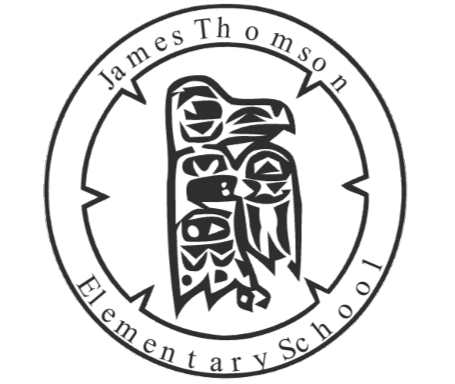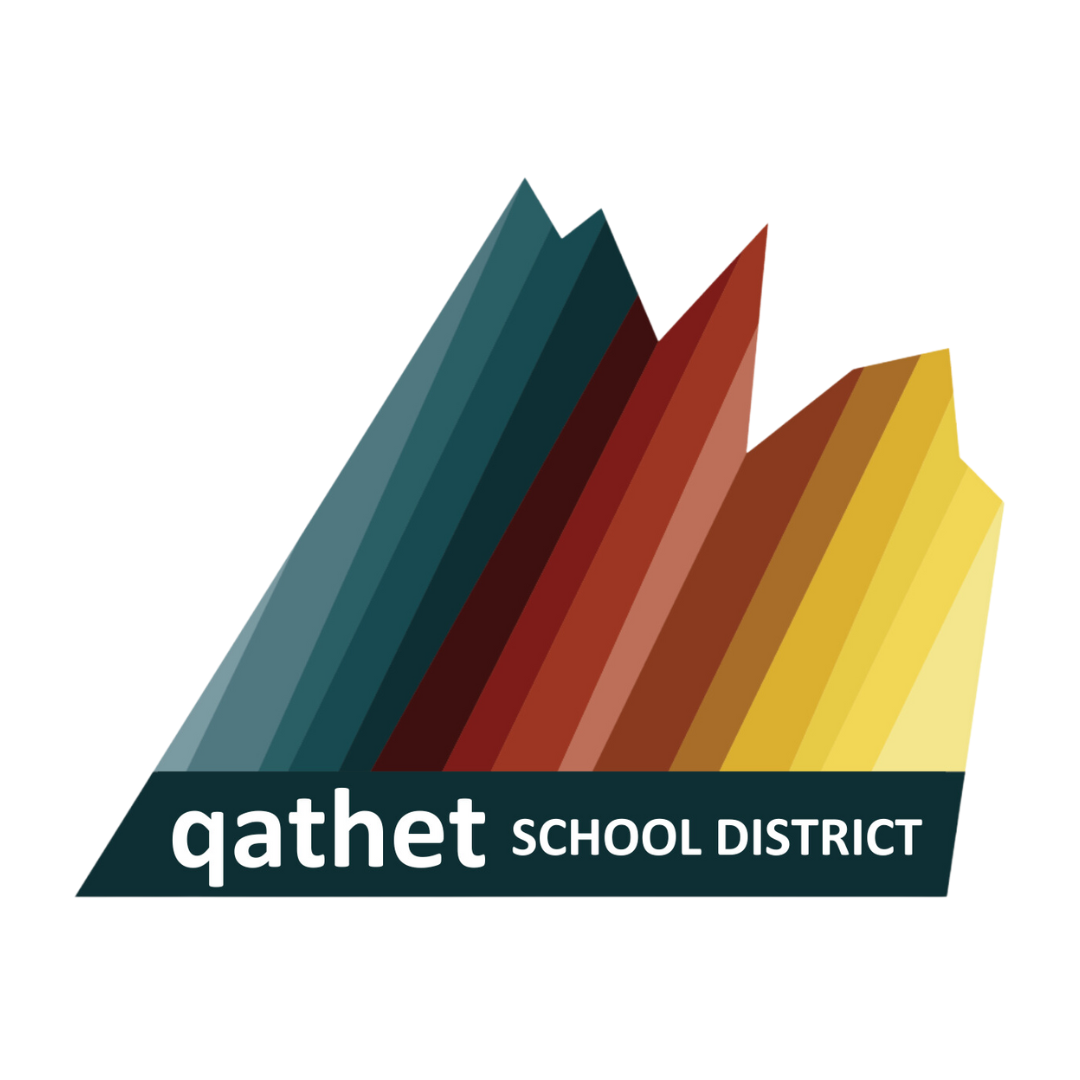2023-2024
Our Story
In 1914, five-acre parcels of land were made available for people wanting to settle in the Wildwood area. James Thomson was one of the people who camped on the Vancouver courthouse steps for more than a month to ensure he received a land grant. The school property is part of the original grant. 99 years ago, the first school in Wildwood opened in 1923, with 30 pupils from Grades one to six. Additions were made and in 1931, the primary building was raised to allow for classrooms in the basement. In 1955 the main building was constructed, commencing with the Gymnasium and two classrooms. Further classrooms were added in 1958. The student population reached a peak in 1990, with approximately 375 students enrolled in Grade K through 7. The present enrolment is approximately 250 students. In 1986, with the assistance of the Tla'amin Nation, an afternoon language enrichment class was begun at Tla'amin for Kindergarten students. Our First Nations language instruction and culture are vital components of our community; we are unique in our inclusion of elementary Ayajuthum language instruction for our students. Through annual legacy projects, our students and school strengthen our connection to the Tla'amin Nation and heritage. In 2010, James Thomson welcomed its first French Immersion students to the school with a Kindergarten/Gr.1 class. This program grew to span Grades K through 7 in the 2016-2017 school year and continues into this year offering instruction to students in either French or English along with additional Ayajuthem language instruction throughout their years at the school. Our May Day celebration is a part of our Wildwood tradition, and the Maypole Friendship dance and May Day parade are highlights of our year. James Thomson is fortunate to have strong parent involvement in the school's activities and traditions. Parent volunteers are an integral part of the school garden activity, Farm to School feasts, and the school's breakfast program. The school has four house teams which are the eagles, falcons, osprey, and hawks. Our school mascot is the raven, and our motto is:
You Have to Believe to Achieve!
Klahsum kwath kwy yehgon ooksum kwol ee!
Vous devez croire pour atteindre!
Our Learners
James Thomson Elementary School is a dual-track Eco-Immersion school fostering rich learning experiences, environmental respect and healthy living through exploring our outdoors and connecting children to nature. We are situated on the traditional and unceded territory of the Tla'amin People. Being the only French Immersion school in Powell River, we draw students from all areas between Saltery Bay and Lund. We have approximately 250 students and 40 staff, with 12 divisions and 2 portable classrooms. We are a K-7 school, with a diverse student population, including 28% Indigenous learners as well as learners whose first language is French. We take pride in meeting our students where they are at and helping them grow to be the best they can be.
Goal 1
Priority One: Cultivating an Ethic of Learning
Increase achievement in student literacy through targeted strategies and comprehensive support.
Action Plan
- Develop a foundational skills literacy plan: To increase overall reading and writing proficiency among students across all grade levels. Reduce the achievement gap in literacy between students identified as struggling readers the previous year by our DIBELS or the previous teacher. Enhance students' critical thinking and comprehension skills. Improve the quality and quantity of student writing.
- Implement year two of the University of Florida Literacy Institute (UFLI) phonics program at JT. UFLI is a research-based literacy instruction approach, which incorporates evidence-based instructional strategies and methods proven to enhance student literacy skills. This includes phonics instruction, and fluency-building activities. The target classes at JT are K – 3.
- Implement year two of Spellography as a word study program at JT. Spellography is a research-based literacy instruction approach, which incorporates evidence-based instructional strategies and methods proven to enhance student literacy skills. The target classes at JT are 4-7 and French immersion (in English) 5-7.
- Regularly assess students' literacy skills using DIBELS (Dynamic Indicators of Basic Early Literacy Skills) measures to identify areas for improvement and customize instruction accordingly. Utilize the data to make informed decisions about pull-out and pull-in supports and monitor and track student progress over time.
- Foster a culture of reading: Promote a love for reading by creating a literacy-rich environment that includes a wide range of age-appropriate books, engaging reading materials, and opportunities for independent reading. Encourage students to explore various genres and provide time for silent reading or book discussions.
- Provide professional development and in-service for educators: Offer targeted professional development opportunities for teachers to enhance their knowledge and skills in literacy instruction. This can include workshops, conferences, and ongoing coaching or mentoring support. For example, attending workshops, working with the literacy coordinator, and colleague collaboration.
- Implement a parent reading volunteer program to support literacy. Design a structured program, recruit, and train volunteers for one-on-one or small group reading support. Collaborate with teachers to identify students in need. Maintain regular communication and evaluate program effectiveness for maximum impact.
Evidence Plan
Foundational Literacy Skills Plan Documentation:
- Copy of the plan, including clear goals, objectives, and strategies for improving student literacy.
- Documentation of the implementation of literacy strategies, programs, or initiatives outlined in the plan.
- Samples of instructional materials, assessments, or student work aligned with the literacy plan.
UFLI Phonics Program Implementation:
- Documentation of program materials and resources used in year two of the UFLI phonics program at JT.
- Samples of lesson plans, instructional materials, and activities that incorporate evidence-based strategies such as phonics instruction, and fluency-building activities.
- Pre- and post-assessment data from DIBELS showing improvements in student literacy skills based on targeted areas of instruction. Teachers can also showcase proof of learning for their students.
Spellography Word Study Program Implementation:
- Documentation of program materials and resources used in year one of the word study program at JT.
- Samples of lesson plans, instructional materials, and activities that incorporate evidence-based strategies.
- Pre- and post-assessment data from the program showing improvements in student literacy skills based on targeted areas of instruction. Teachers can also showcase proof of learning for their students.
DIBELS Assessment and Progress Monitoring:
- Data collected from DIBELS assessments showcasing students' literacy skills, including measures of phonological awareness, phonics, fluency, vocabulary, and comprehension.
- Records of individual student progress and growth over time, indicating areas of improvement and instructional adjustments made based on assessment results.
- Examples of customized instruction, pull-out, or pull-in support provided to students based on data-driven decision making.
Evidence of a Culture of Reading:
- Photographs or videos showcasing the literacy-rich environment, including classroom libraries, reading corners, and displays of student work.
- Documentation of book lists, reading logs, or reading challenges that encourage students to explore various genres and track their reading progress.
- Surveys or feedback from students, teachers, or parents regarding their engagement in reading activities and their perceptions of the literacy culture in the school.
Professional Development and In-Service:
- Teachers participating in targeted professional development opportunities. Summer session includes a literacy learning session. Further follow-up opportunities as well.
- Documentation of workshops, conferences, or coaching sessions (Calico) conducted as part of the professional development plan.
- Teacher reflections or surveys assessing the impact of professional development on their knowledge and skills in literacy instruction.
Parent Reading Volunteer Program:
- Records of the structured parent reading volunteer program, including volunteer roles, responsibilities, and training materials.
- Documentation of recruitment efforts and the number of parent volunteers engaged in the program.
- Feedback or testimonials from teachers, volunteers, and students regarding the impact of the program on student literacy development.
Goal 2
Priority Five Cultivating Truth and Reconciliation
Strengthening our commitment to decolonize education and support the revitalization of the ʔayʔaǰuθəm language.
Action Plan
- Develop a comprehensive school-wide program that integrates monthly themes across classes and school teams, considering the history and perspectives of the local Tla'amin community.
- Focusing on Indigenous Knowledge and Perspectives: Acknowledging and respecting the language, knowledge, histories, and viewpoints of Indigenous peoples as foundational elements in educational curricula, policies, and practices.
- Adjusting our school strategy to include an option for Kindergarten and Grade 1 students who are interested in participating in an intensive ʔayʔaǰuθəm language program.
- Collaborating with Indigenous Communities: Actively involving the Tla’amin Education team, leaders, elders, and knowledge keepers. This engagement with Indigenous communities in decision-making ensures that educational initiatives are in line with the specific needs, ambitions, and priorities of our local Nation.
- Providing an annual Indigenous-focused legacy project that pays tribute to and celebrates Tla’amin culture, knowledge, and history. In 2023, we introduced a painting depicting the sunset next to the čɛpθ office.
- Promoting Equity and Social Justice: Addressing systemic inequalities and advancing social justice by actively dismantling oppressive structures, biases, and Eurocentric perspectives entrenched within educational systems.
Evidence
Documentation of the Coordinated Monthly Program:
- Clear outline of monthly themes and related activities or events within the program.
- Samples of student assignments or projects connected to the monthly themes.
- Proof of collaboration with local Tla'amin history and perspectives, including guest speakers, cultural activities, or integration of Tla'amin knowledge into lessons.
- Recognition of achievements during monthly student assemblies.
Records of engagement with Indigenous communities:
- Regular meetings involving the principal and/or staff to discuss collaborations or consultations with the Tla'amin Education team, leaders, elders, and knowledge keepers.
- Instances illustrating how Indigenous viewpoints and knowledge are integrated into curricula, policies, and practices.
- Feedback or endorsements from parents within our Indigenous community confirming the alignment of educational initiatives with local needs and aspirations.
- Input from parents participating in the Kindergarten and Grade 1 half-day ʔayʔaǰuθəm language program.
Our Story is Beyond
In addition to our Academic and Social Emotional goals for this upcoming year we at James Thomson Elementary School promote the use of the outdoor environment to motivate and enhance student learning. We believe in using our surrounding natural environments to motivate and enhance the curriculum (marine, forest, freshwater). We believe that students should be able to use a play-based, imaginative outdoor learning space that encourages active learning in the outdoors including regular use of our outdoor classroom in the forest. We also believe that students should learn about and contribute to the continued success of our composting and recycling programs, and that our students should be active participants in our school garden.
We have a strong desire to be immersed in the culture, land, and language of our Tla’amin Nation. At James Thomson we embrace Indigenous perspectives and knowledge as part of our daily learning and recognize that Indigenous teachings benefit all our learners. Mostly, we believe in learning through experience!



